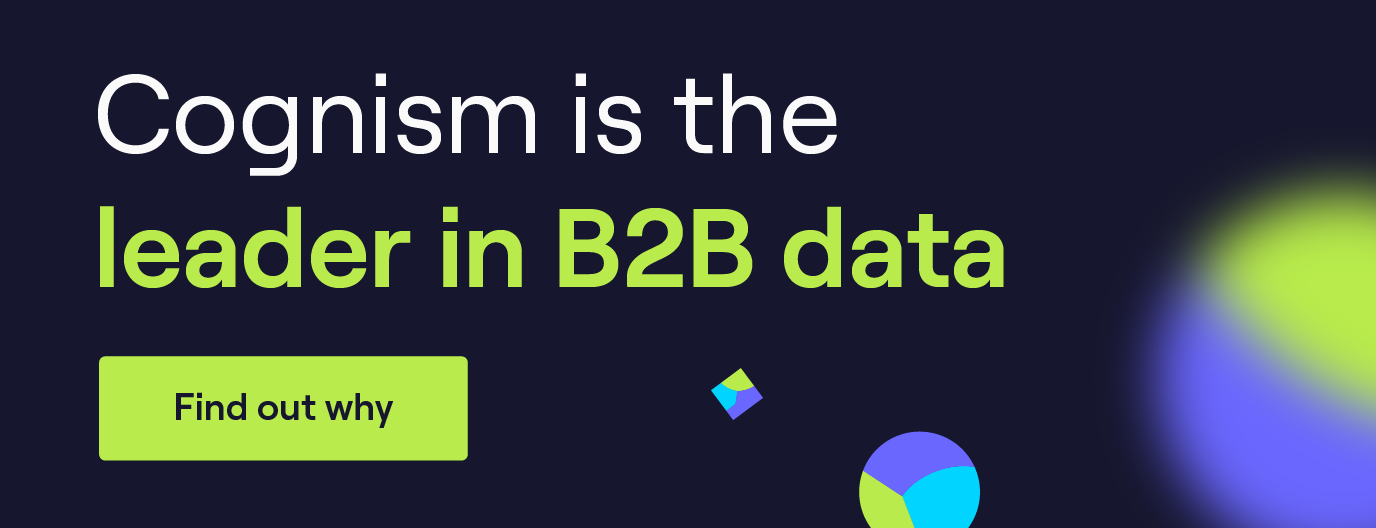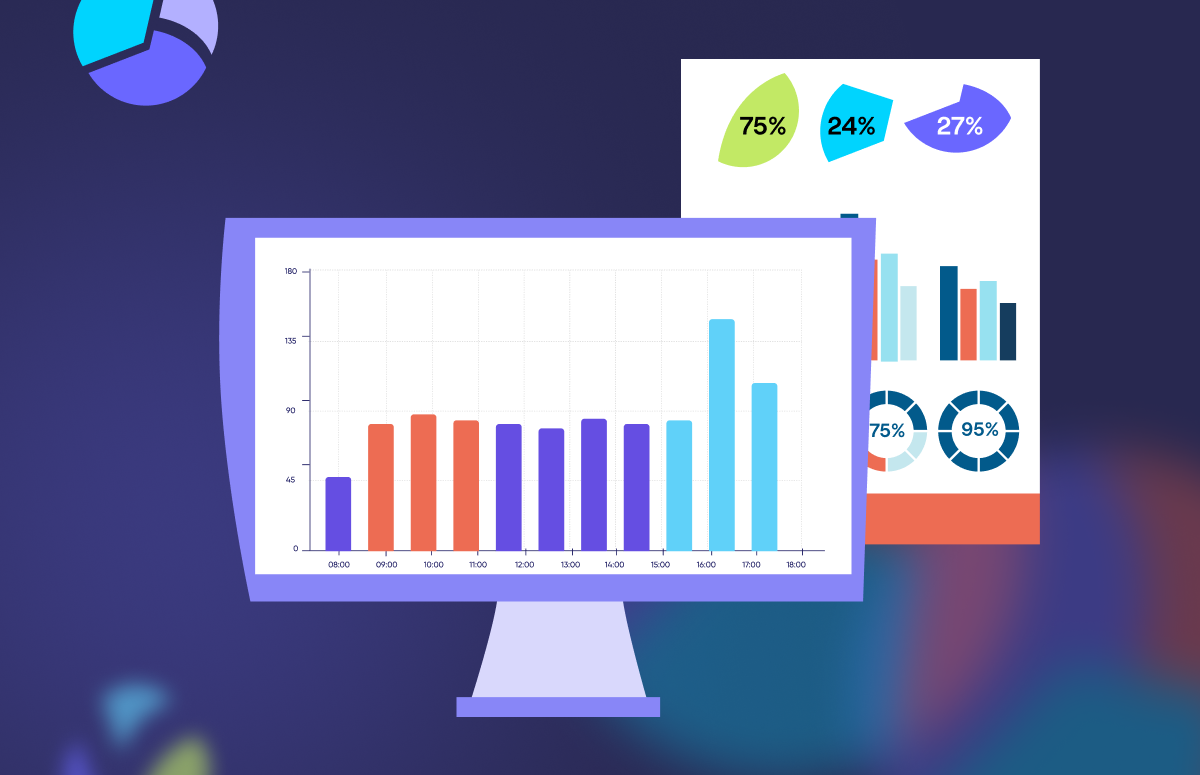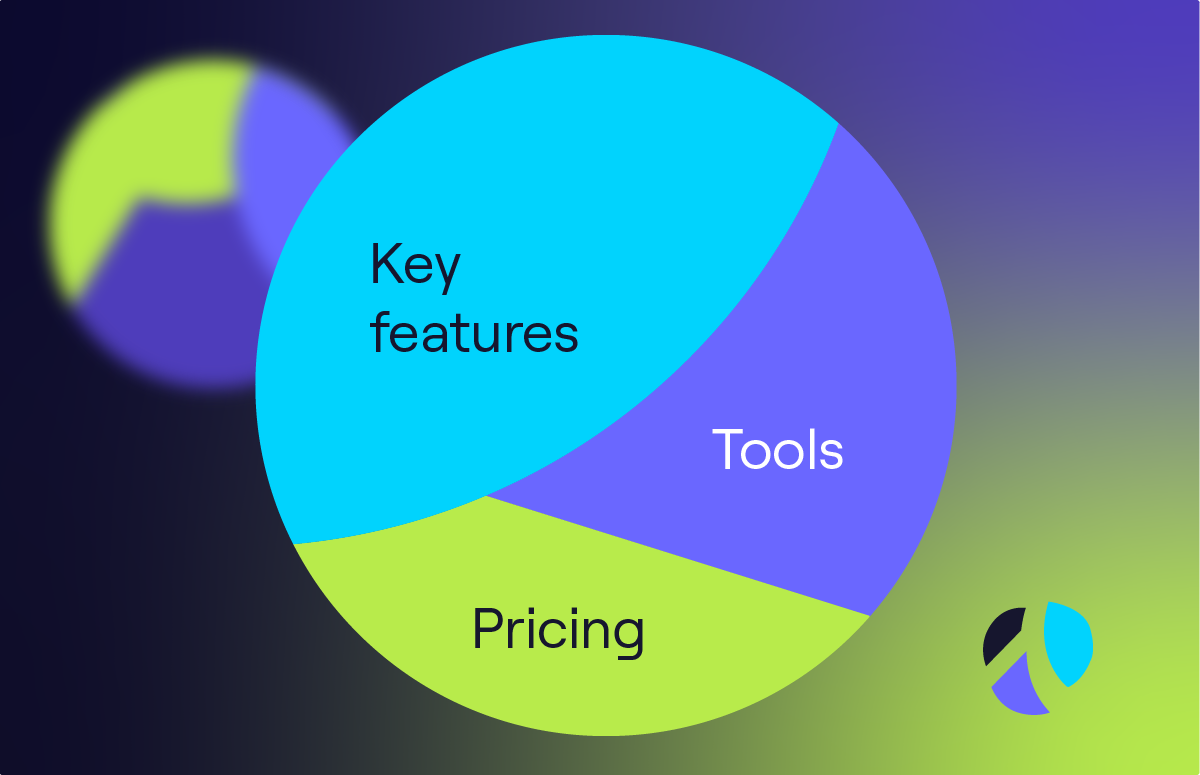The Best Account Based Marketing Template (Ungated)
It’s time to unlock the power of ABM with an effective account based marketing template.
If you’re tired of generic marketing campaigns that fail to connect with your ideal customers or are struggling to convert leads into loyal customers, this template is for you!
Scroll for a free ABM strategy template with directions on how to use it for the best success!
What is an ABM strategy template?
An account based marketing plan template helps marketing and sales teams create and execute an effective plan for an ABM strategy. With it, you can track progress and measure results.
An ABM strategy template typically includes sections for identifying target accounts, defining goals and objectives, developing personalised messaging and content for each account, selecting appropriate channels for outreach, and determining success metrics.
What’s included in this account based marketing template?
Our template helps with:
- Defining a goal.
- Determining who to target.
- Creating a persona.
- Developing a plan to engage targets.
- Defining how to measure ABM success.
Who is this account based marketing strategy template for?
Our account based marketing strategy template is a good fit for any business pursuing a targeted approach to reach high-value accounts.
Does your business qualify?
Answer the following questions to learn if you’ll hit the bullseye with ABM 👇
1. Are you a B2B business?
Our ABM template is for companies operating in the B2B space. B2B sales cycles are longer and involve multiple decision-makers, making ABM’s targeted approach ideal for maximising impact.
2. Do you have a well-defined ICP?
ABM focuses on understanding your ideal customer. If your business already has a clear ideal customer profile (ICP) outlining the characteristics of your perfect customer, this template can help translate that knowledge into actionable steps.
3. Do you have limited marketing resources?
ABM allows you to focus marketing efforts on a select group of high-value accounts. This potentially leads to a more efficient use of resources than a scattershot marketing approach.
4. Do you want to build deeper relations with customers?
ABM fosters deeper relationships with key decision-makers within target accounts by personalising outreach and content. This can be valuable for companies seeking long-term partnerships and recurring revenue.
You can start by using a general ABM template. Tailoring the ABM strategy to your specific industry, target audience, and business goals is the next step that will follow.
How to use this ABM template
This account based marketing template isn’t a quick fix but a roadmap to guide you through crafting a targeted campaign for your high-value accounts. Here’s why it’s essential to use it strategically.
1. A flexible blueprint, not a rigid rulebook
Think of the template as a blueprint for building your unique ABM strategy. While it provides a framework, adapting it to your company’s specific processes and target audience is essential. Don’t follow it blindly – use it as a foundation to build upon.
2. Collaboration is key
Developing a successful ABM campaign requires input from all key decision-makers. This includes your sales, marketing, and operations teams – anyone who can contribute valuable insights. Work together to define your goals for the campaign.
3. Alignment for success
This template isn’t designed for a solo act. It’s a tool to facilitate organisational alignment. Involving all relevant stakeholders from the beginning ensures everyone is on the same page regarding the strategy and its execution. This collaboration fosters a unified approach that maximises your chances of success.
You may also want to look into account based marketing software to help you implement and run campaigns.
Cognism’s account based marketing plan template
Cognism’s ABM plan template offers a structured approach to crafting targeted campaigns that resonate with high-value accounts.
Let’s go through the steps together 👇
Step 1: Set up your goals and metrics
Before launching your ABM campaign, you must define clear goals and metrics.
Are you aiming to increase revenue from a specific set of accounts?
Perhaps brand awareness within those accounts is your priority, or maybe securing a few huge customer wins is the ultimate objective.
Setting up your goals and ABM metrics at the outset of your campaign will help ensure that all team members are aligned on what you’re trying to achieve. It will also provide a clear framework for evaluating the effectiveness of your efforts.
When setting your goals, it’s important to consider quantitative and qualitative metrics.
Quantitative metrics may include metrics such as revenue generated, new leads acquired, or customer retention rates.
Qualitative metrics may consist of factors such as brand awareness, customer satisfaction, or overall market share.
Step 2: Identify your ideal customers
To start account based selling, you need a clear picture of your customers. This is captured in your ICP.
Developing an ICP involves outlining characteristics like industry, company size, budget, and the specific pain points they face.
For example, if you offer marketing automation software, your ICP might be mid-sized companies in the tech sector struggling with lead generation.
With your ICP defined, it’s time to identify specific companies representing your ideal customer. This is where research comes in. Sales intelligence tools and industry reports can be valuable resources to compile a targeted list of companies fitting your ICP.
Analyse your existing marketing data to identify trends and patterns among your current customer base.
Look for commonalities such as industry, company size, geographical location, and purchasing behaviour. This information can help you identify potential new customers who share similar characteristics.
You must also research your competitors’ target markets. By understanding who they’re targeting and how they’re positioning their products or services, you can better differentiate yourself and tailor your messaging to appeal to potential customers in those markets.
Step 3: Understand your audience
Not all companies within your target market are the same. To truly resonate with your target accounts, you must understand the key decision-makers within those companies.
Here’s where buyer personas come in.
Developing buyer personas involves creating detailed profiles of the individuals influencing purchasing decisions at your target accounts.
This includes their roles (e.g., CEO, Marketing Director), their specific challenges related to your product or service, and how they prefer to consume information (e.g., industry reports, white papers, social media).
By understanding these key decision-makers’ unique needs and preferences, you can tailor your messaging and content to effectively speak to their pain points and provide solutions that resonate with them.
In addition to creating buyer personas, conducting thorough research on your target accounts is essential. Understanding the industry, company size, current challenges, and recent news or events that may impact decision-making is vital in ABM prospecting.
Prospecting tools such as Cognism, Lusha, and ZoomInfo offer sales triggers to help track events and make pitches at the appropriate time.
What’s more, Cognism offers signal data, which helps you make stronger connections and increase efficiency in your prospecting efforts.
It delivers real-time data insights to your Sales Companion, ensuring you’re always one step ahead. By tracking key events like funding rounds or hiring periods, you’ll know when prospects are ready to engage.
This information can help you tailor your messaging and approach to each account, demonstrating that you understand their specific needs and can help solve their problems.
Step 4: Craft your engagement strategy
Now that you understand your target and their needs, it’s time to craft an engagement strategy to connect with them. This involves two key elements: content marketing and campaign channels.
Content marketing is all about creating targeted content that addresses the specific needs and pain points identified in your buyer personas.
Once you have the content, choose the most effective channels to reach your target audience. Options include personalised email campaigns, targeted social media ads, event sponsorships to position yourself as a thought leader, or creative outreach tactics beyond traditional B2B marketing methods.
To effectively craft your engagement strategy, consider the following steps:
1. Identify the most relevant content formats
Depending on your target audience’s preferences, you may choose to create blog posts, whitepapers, case studies, videos, infographics, or webinars. The key is to provide valuable information that resonates with their needs and challenges.
Here are a couple of ABM examples to get you started.
2. Develop a content calendar
Plan out when and how you will distribute your content to ensure a consistent and engaging presence with your target accounts.
3. Personalise your messaging
Tailor your messaging to each individual account based on their unique needs and pain points. This personalised approach can help build stronger relationships and increase account based marketing engagement.
4. Measure and iterate
Track the effectiveness of your engagement strategy through key metrics such as open rates, click-through rates, and conversion rates.
Use this data to continually refine and improve your approach, ensuring you deliver the right content through the right channels. That way, you’ll effectively engage with your targeted leads.
By following these steps and leveraging the power of account-based marketing, you can significantly increase your chances of success in converting high-value accounts into loyal customers.
Remember, ABM is all about building strong, personalised relationships with key decision-makers in your target accounts. So, take the time to truly understand their needs and tailor your approach accordingly.
With a well-crafted engagement strategy and a focus on delivering valuable content through the right channels, you can effectively connect with your target audience and drive meaningful results for your business.
Step 5: Measure and optimise
The best ABM tactics are constantly evolving. Here’s where measurement and optimisation come into play.
KPIs and metrics
Define KPIs that align with your overall goals.
These could be website visits from target accounts, lead generation rates, or social media engagement metrics.
Regularly track your KPIs to see what’s working and what’s not.
A/B testing
A/B testing is a powerful tool for optimisation.
This involves comparing different versions of your content or messaging to identify the most effective approach.
For example, you might A/B test different subject lines in your email campaigns to see which generates the highest open rate.
Data analytics
Leverage data analytics to gain insights into your target accounts’ behaviours and preferences.
By understanding how they interact with your content and engage with your brand, you can tailor your messaging for maximum impact.
Review lists
It’s also important to regularly review and update your account list.
As new opportunities arise or market conditions change, you may need to adjust your targeting criteria or add new accounts to your list.
Don’t be afraid to experiment and try new tactics. ABM is a dynamic strategy that requires flexibility and creativity.
Step 6: Team up marketing and sales
Imagine a perfectly planned marketing campaign generating qualified leads, but the sales team isn’t prepared to follow up.
This disconnect can significantly hinder your success. Collaboration between sales and marketing ensures a smooth lead-handoff, ultimately leading to conversions.
How can you achieve that?
Start here — equip your sales team with insights about your target accounts and buyer personas. This might include information on decision-makers within the accounts, their challenges, and the marketing efforts already underway.
Finally, ensure ongoing communication and alignment between sales and marketing. A weekly or bi-weekly catch-up might be a good idea to break organisational silos.
Here are the areas that both teams can work on during such calls:
Opportunity |
How to go about it |
Sharing target account insights |
Marketing equips sales with the latest information on target accounts and buyer personas. This includes decision-maker details (names, roles, contact information), the target accounts’ pain points and challenges, and marketing efforts already underway (campaigns, content pieces). |
Lead nurturing strategies |
Sales and marketing collaboratively develop nurturing strategies for leads generated from marketing efforts. This might involve joint email campaigns with targeted messaging, personalised outreach to qualified leads, providing sales with content specifically tailored to address buyer needs (case studies, white papers). |
Performance measurement and optimisation |
Both teams analyse campaign performance metrics together to identify areas for improvement. This includes tracking KPIs like website visits, lead generation, and conversion rates; discussing what’s working and what’s not; A/B testing different approaches to optimise campaigns; continuously refining the ABM strategy based on data and results. |
ABM template key takeaways
Utilising an account based marketing template can greatly enhance the effectiveness of your marketing efforts. You can create more personalised and impactful campaigns by focusing on specific target accounts and tailoring your messaging and tactics to meet their individual needs.
This approach allows for deeper engagement with key decision-makers within your target accounts, ultimately leading to higher conversion rates and increased ROI.
Additionally, using a template can help streamline the planning and execution process, making it easier to track progress, measure results, and make adjustments as needed.
By following the steps outlined in this template, you will build a successful ABM strategy that aligns marketing and sales efforts, drives meaningful interactions with your target accounts, and ultimately drives business growth.
So don’t wait any longer - start implementing an account based marketing template today and see the difference it can make in your B2B marketing strategy!
Enhance your ABM strategy with Cognism
Power your account based marketing templates with the help of Cognism - the leader in international sales intelligence.
Its GDPR-compliant data allows you to:
- Calculate TAM and explore your ICP.
- Gain access to ABM data such as accurate business emails, signal data, mobile numbers, and social handles.
Plus, a whole lot more!
Cognism is the ABM platform for you. Click to book a demo today 👇
-02.png?width=1376&height=1792&name=The%20Best%20Account%20Based%20Marketing%20Template%20(Ungated)-02.png)




